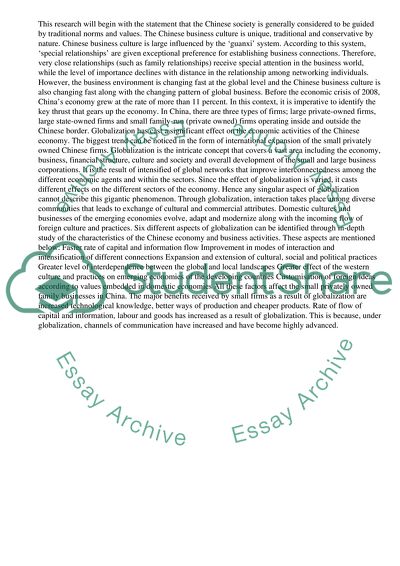Cite this document
(“How does globalisation impact on the management of Chinese firms Essay”, n.d.)
How does globalisation impact on the management of Chinese firms Essay. Retrieved from https://studentshare.org/management/1490313-how-does-globalisation-impact-on-the-management-of
How does globalisation impact on the management of Chinese firms Essay. Retrieved from https://studentshare.org/management/1490313-how-does-globalisation-impact-on-the-management-of
(How Does Globalisation Impact on the Management of Chinese Firms Essay)
How Does Globalisation Impact on the Management of Chinese Firms Essay. https://studentshare.org/management/1490313-how-does-globalisation-impact-on-the-management-of.
How Does Globalisation Impact on the Management of Chinese Firms Essay. https://studentshare.org/management/1490313-how-does-globalisation-impact-on-the-management-of.
“How Does Globalisation Impact on the Management of Chinese Firms Essay”, n.d. https://studentshare.org/management/1490313-how-does-globalisation-impact-on-the-management-of.


